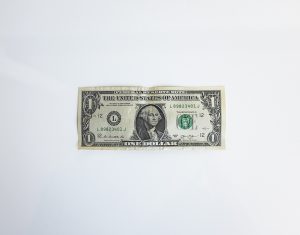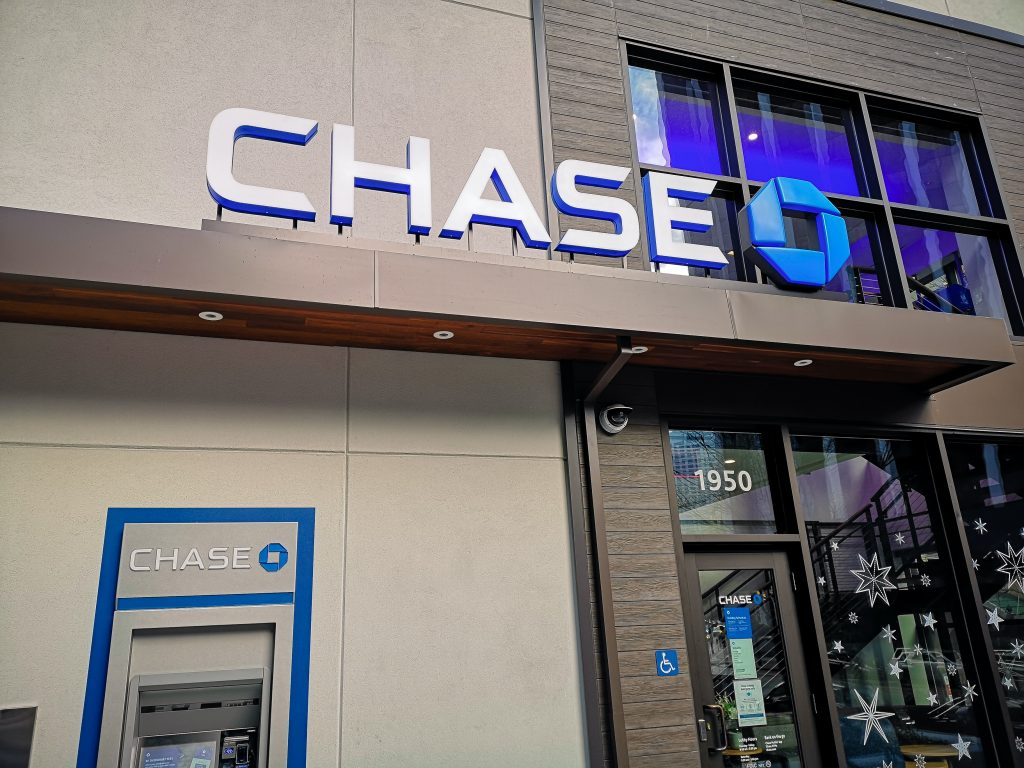
Investing can be a tricky task that requires research, sound knowledge, and clear understanding of various financial instruments. One of the most popular instruments are Treasury Bills (T Bills). T-Bills are considered as risk-free assets since they are backed and issued by the US Treasury. These short-term debt obligations have different maturity periods and understanding the T-Bills rates can help investors make more informed decisions.
What are Treasury Bills?
Treasury Bills (T-Bills) are fixed income securities with a predetermined maturity date that range between 4 to 52 weeks. They are issued and backed by the US Treasury and their face value (or par value) is usually $100 USD. These financial instruments are sold at a discount and when they mature, the investor will receive the par value of $100 USD plus the difference in yield. Thus, the investor will get the par value plus interest.
Treasury Bills Rates vs. Bonds and Notes
T-Bills are considered as short-term fixed income securities and can be compared to Bonds and Notes. Bonds are typically long-term securities with a maturity period of 20 or 30 years while Notes have short or medium-term maturity periods such as 2, 5, 7 or 10 years. However, T-Bills are sold with a wide range of maturities and can exceed up to $10 million.
How Treasury Bill Rates are Determined?
T-Bill rates are determined through auctions that are held by the US Treasury Department. Before the auction, the Treasury sets the issue date, the interest rate, and the target amount to be auctioned. Investors then bid for T-Bills and the highest yield rate that is offered by the lowest bidder will be the rate that is used. Thus, the yield rate of a T-Bill is a reflection of the price of the bond.
Factors That Affect Treasury Bill Rates
Several factors may influence the yield rate of a T-Bill or the price. These can include economic news, the economic outlook, inflation, and the Treasury’s supply and demand of a certain T-Bill. Other external factors may include the policy decisions of the Federal Reserve, the size of the federal budget deficit, and foreign investor demand for T-Bills.
Treasury Bill Rates & Yield Curve
T-Bill rates are used to measure the shape and slope of the yield curve. The yield curve is a graphical representation of how yields of different fixed income securities compare with each other, from shortest to longest maturity periods. The shape of the yield curve can indicate whether the economy is expanding or contracting by looking at the yields relative to each term.
How T-Bill Rates Affect Investor Investments?
T-Bill rates are seen as a safe and low-risk investment option regardless of the amount invested by the investor. This is because both principal and interest are backed by the US Treasury. Therefore, when the rates of the T-Bills increase, investors can benefit from higher returns while they can experience lower returns when the rates decline.
Overall, T-Bills are an important financial instrument used in various sectors. Understanding the different factors that may influence the T-Bill rates and how it reflects on the yield curve is essential for investors to make more informed decisions when it comes to choosing their investments.


